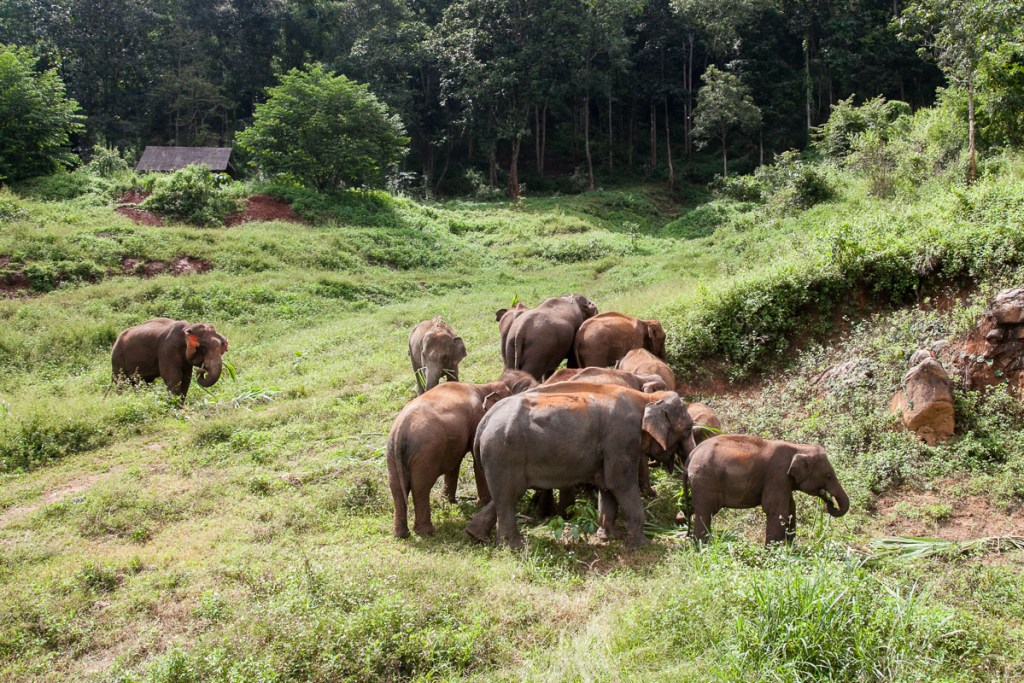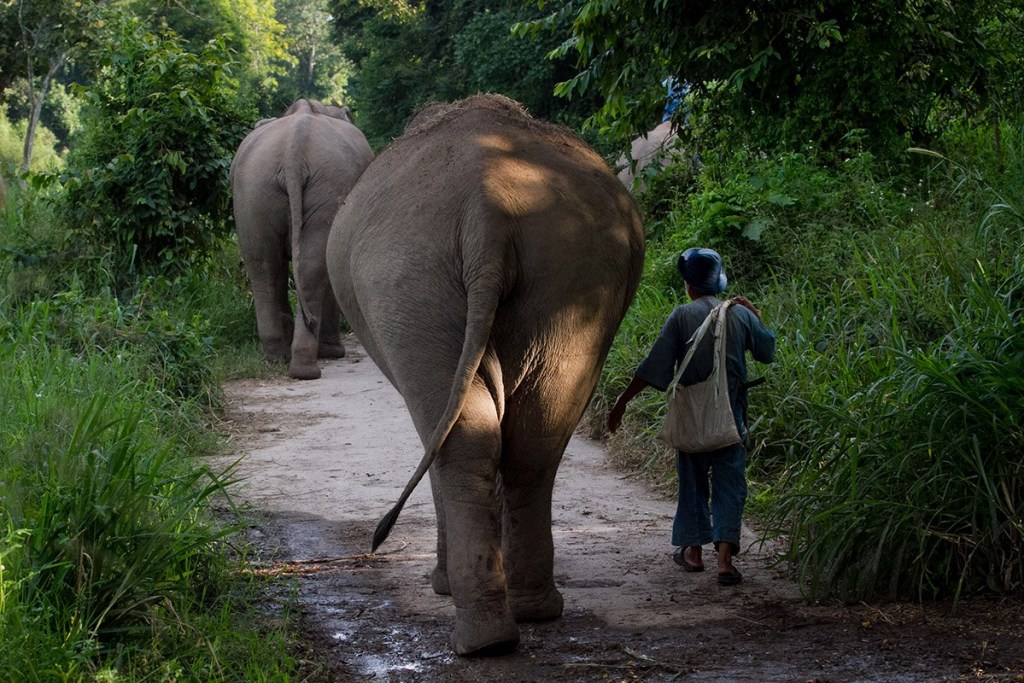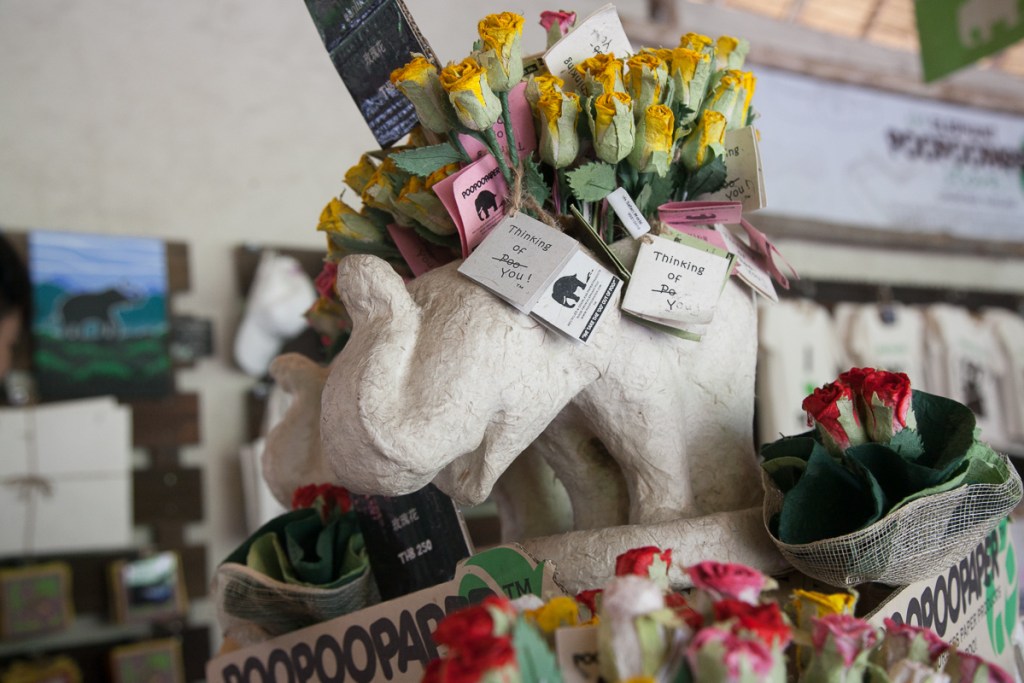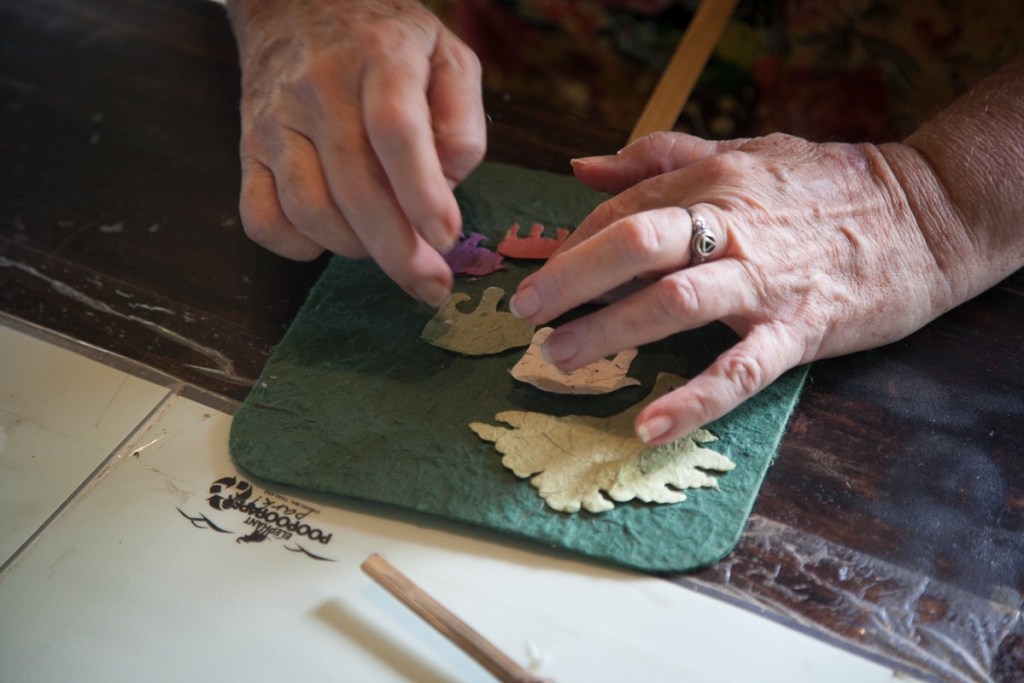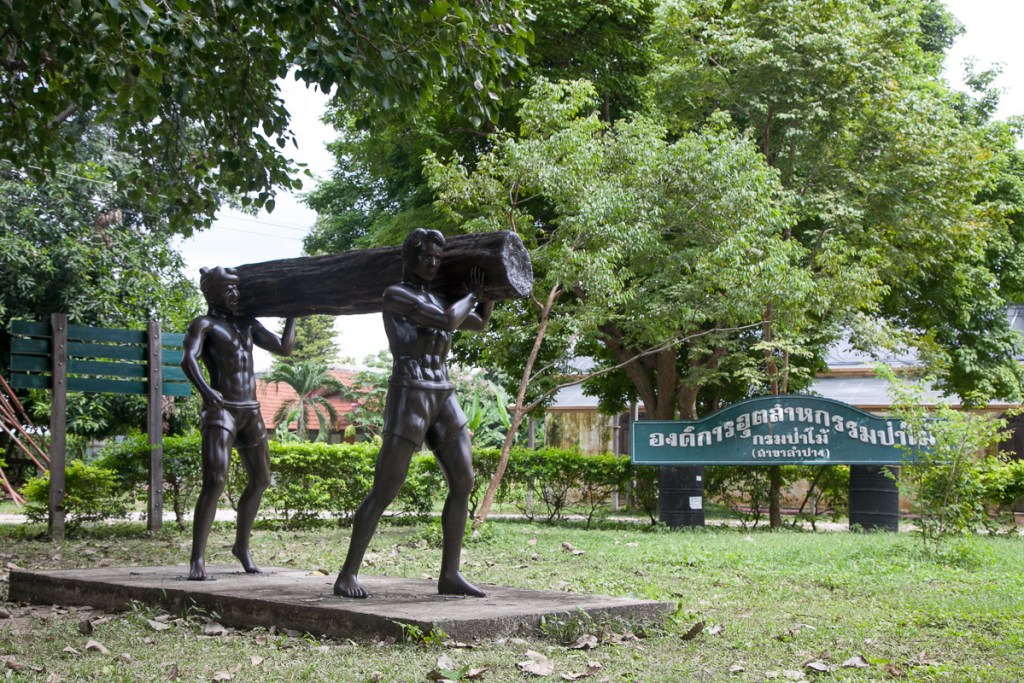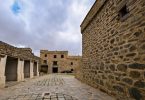Bangkok, 01 December, 2020 – The Tourism Authority of Thailand (TAT) this month hosted the 3-day ‘Elephant Care Experiential Learning Trip’ to Lampang and Chiang Mai, as part of its Elephant Care Tourism Project. The aim was to provide an insight into the admirable efforts already well underway to creating more sustainable solutions for elephant-based tourism in Thailand and ultimately, a better life for these majestic animals.
Along with some local sightseeing that offered a taste of the two provinces’ considerable tourist attractions and activities, participants on the trip visited a number of elephant sanctuaries to see first-hand how the public and private sectors are collaborating toward sustainable elephant tourism.
A key element in this goal is the necessity to recognise that elephants living in Thailand’s elephant camps are captive and not wild, meaning that they need human care to survive. To release them into the wild is not a viable solution, a scenario in which they could not fend for themselves.
Taking a lead role in the elephant tourism efforts in Thailand, TAT has what it calls the ‘3 Cs’ strategy. The first C stands for Communication, in which it aims to spread awareness internationally (not least of all among tour operators sending travellers to Thailand) of all aspects of the Thai captive elephants’ situation, including such points as the need for human care mentioned above. The organisation of the Elephant Care Experiential Learning Trip came directly under this ‘C’.
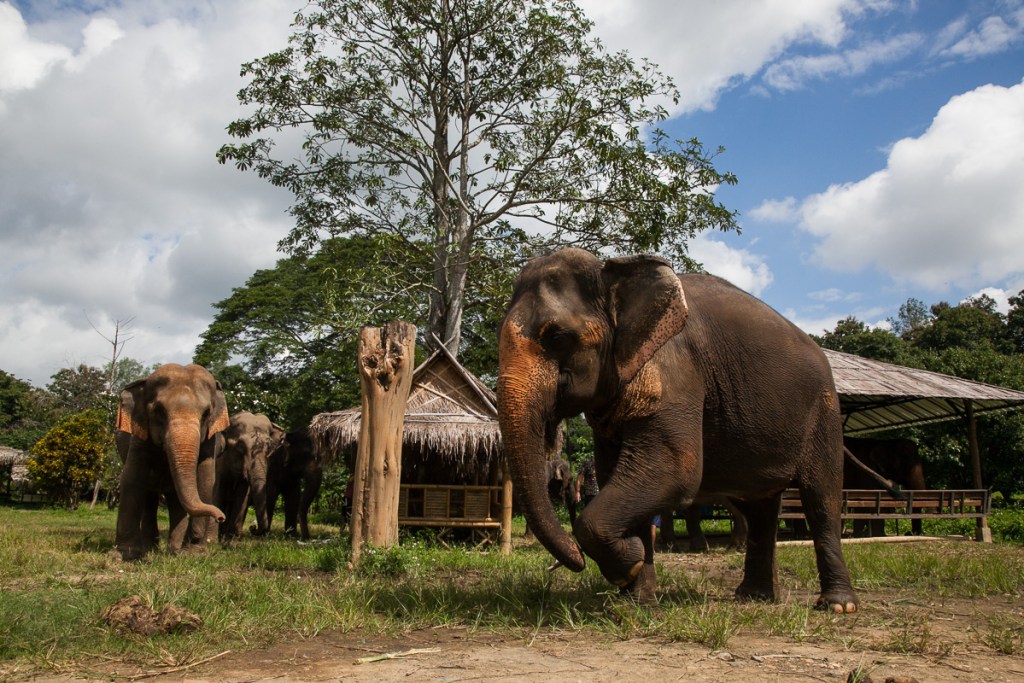
The second C is for Collaboration, a critical component of the Elephant Care Tourism Project, which envisions everyone from TAT to the camps to universities and the public and private sectors working closely together for the benefit of the kingdom’s captive elephants. TAT is acting as a facilitator to help ensure this collaboration is as successful as possible.
The third C represents Compromise. This is a compromise between belief, culture, and modern-day thinking and practice. Part of this is to achieve a balance between the various expectations all parties involved – local and international – have of elephant care standards and well-being.
On Day 1 of the Elephant Care Experiential Learning Trip, a visit was made to the Thai Elephant Conservation Centre and Thai Elephant Hospital in Lampang for a talk with the resident veterinarian to understand the past and present story of elephants in Thailand, and the Centre’s efforts to look after the well-being of elephants. The visit also offered a chance to see the elephants there being taken care of in the hospital as well as feeding freely in the nearby forest.
On Day 2 the group visited the Kanta Elephant Sanctuary, a retirement home for elephants who previously worked for tourism entertainment or in the logging industry, and where they are now able to roam the Sanctuary’s grounds, socialise and bathe in freshwater lagoons.
While the Sanctuary’s mission is to provide as many elephants as it can with good health, freedom and happiness, the hope at the same time is to contribute to a positive change in the perception of elephants and to realise a future where these animals are not overworked or abused but rather treated with care, love and respect.
Another interesting stop on the trip’s itinerary was to Elephant POOPOOPAPER Park in Chiang Mai, an eco-friendly outdoor museum showcasing the making of paper products from elephant poop fibre. Here, an interpretive walking tour meanders through different pavilions explaining each stage of the process from poo collection to rinsing to final product creation.
Day 3 saw participants involved in a workshop at the Patara Elephant Farm in Chiang Mai. Here, the ‘Elephant Owner for a Day’ programme offers the chance to learn and interact with elephants as an owner would do, including being shown how to approach an elephant correctly, to know the elephant’s temperament, to feed and check its health and to bathe, feed, and communicate with it through spoken commands.
GOT NEWS? click here
Google News, Bing News, Yahoo News, 200+ publications
The Elephant Care Experiential Learning Trip also included the chance to explore some of the other attractions for which Chiang Mai and Lampang are well known, not least of all both provinces’ unique historical and cultural elements.
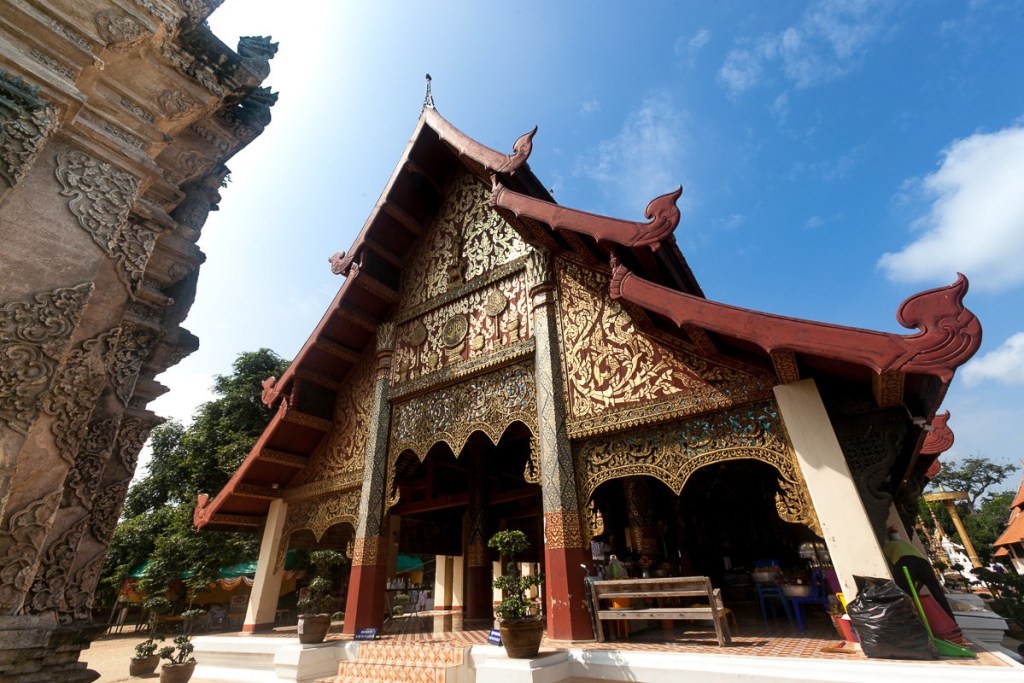
Wat Phrathat Lampang Luang just south of Lampang town was in fact the first stop on day one of the trip. Perhaps Northern Thailand’s most remarkable temple, this features Jataka murals and a three-tier open-sided teak wihan luang (chapel) that along with other buildings on the temple grounds date from the 1400s. It is among a number of interesting temples in Lampang that also include Wat Phra Kaeo Don Tao, which was home to the famed Emerald Buddha between 1436-1468, Wat Chedi Sao with its 20 Lanna-style chedis and a 1,500-gramme solid gold seated Buddha, and Wat Phrathat Pu Pha Daeng perched on a clifftop 815 metres above sea level and believed to be a sacred site where an impression of the Buddha’s footprint was found.

Steeped in history and once a bustling centre of the kingdom’s teak industry, Lampang is one of the 55 secondary destinations under the TAT’s Amazing Thailand Go Local campaign and is a short journey from Chiang Mai by train or bus. It is one of the few cities in Thailand where tourists can visit sites of interest by charming open-air horse-drawn carriage, including various historical buildings.
Like the Louis T. Leonowens House near Ratchadaphisek Bridge (another attraction in itself and which survived Allied bombing attempts in World War II), which is the former residence of this gentleman and the office of his teak trading company from the early last century.
Chae Son National Park and Doi Khun Tan National Park that celebrate the area’s tropical countryside and abundant wildlife are another of Lampang’s tourism drawcards. Thailand’s longest railway tunnel at over 1.3 km, Khun Tan Railway Tunnel, is also in Lampang and is a memorable feature of the train journey from Bangkok to Chiang Mai.
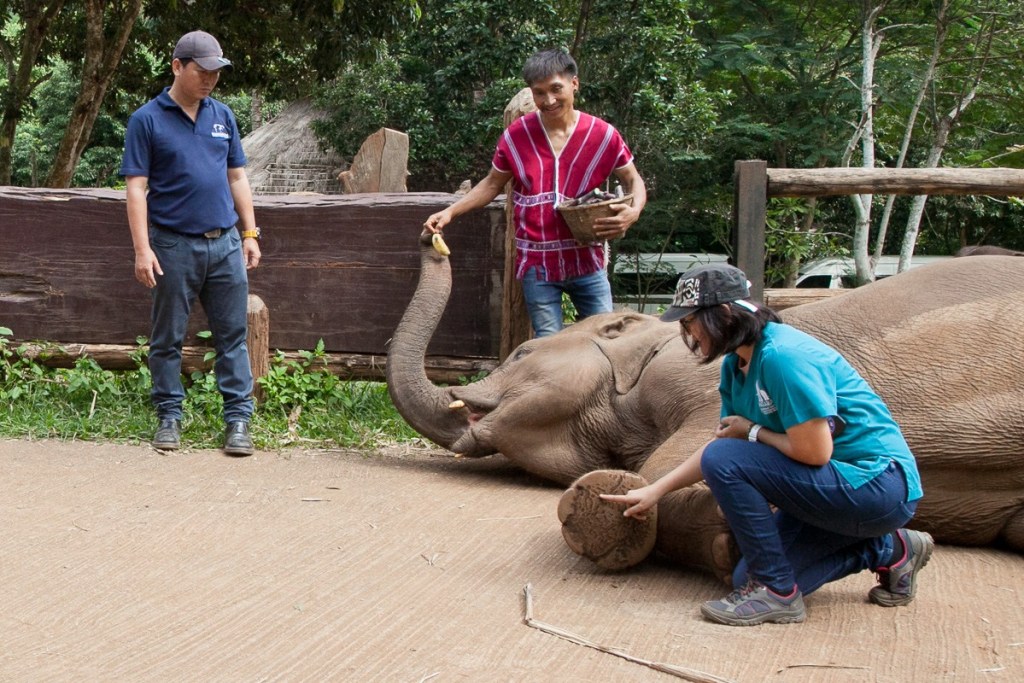
Chiang Mai, a long established destination in Thai tourism, offers wide appeal to visitors. There are numerous temples, the most famous of which include Wat Phrathat Doi Suthep, which sits at an elevation of 1,056 metres on Doi Suthep and dates back to the 14th century, Wat Chedi Luang built between 1385-1402, and Wat Phra Singh with its signature Lanna-style roof and glittering wihan (assembly hall).
Tha Pae Gate – dating back to when Chiang Mai was the capital of the Lanna Kingdom from the 13th-18th centuries – is one of the city’s most famous landmarks. It is part of the ancient wall that encompasses the Old City area, which is home to many of the city’s temples, hotels, restaurants, bars, and where much of the annual culture-based events and festivals take place.
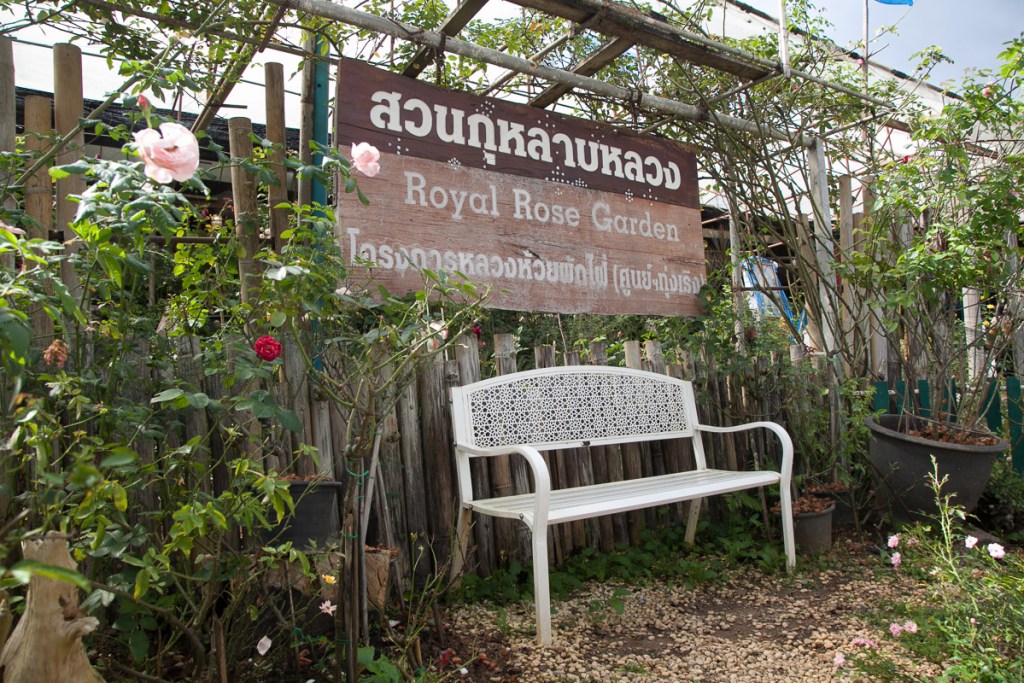
There are museums like the Lanna Folklife Museum, full of exhibitions on the lives, history and culture of the Lanna people of Northern Thailand. The famous Bo Sang Handicraft Village is a must-visit, where one can watch skilled craftspeople making the city’s iconic paper umbrellas and parasols and purchase colourful ones to take home.
The city also offers fantastic shopping, from modern shopping malls to handicraft enclaves and bustling open-air markets like the night-time Chiang Mai Walking Street and Wualai Walking Street markets, the Chiang Mai Night Bazaar, San Kampaeng Craft Street, and Nimmanhaemin Road with its boutiques, antique stores and art galleries.
The post TAT showcases ‘Elephant Care Experiential Learning Trip’ in Lampang and Chiang Mai appeared first on TAT Newsroom.

